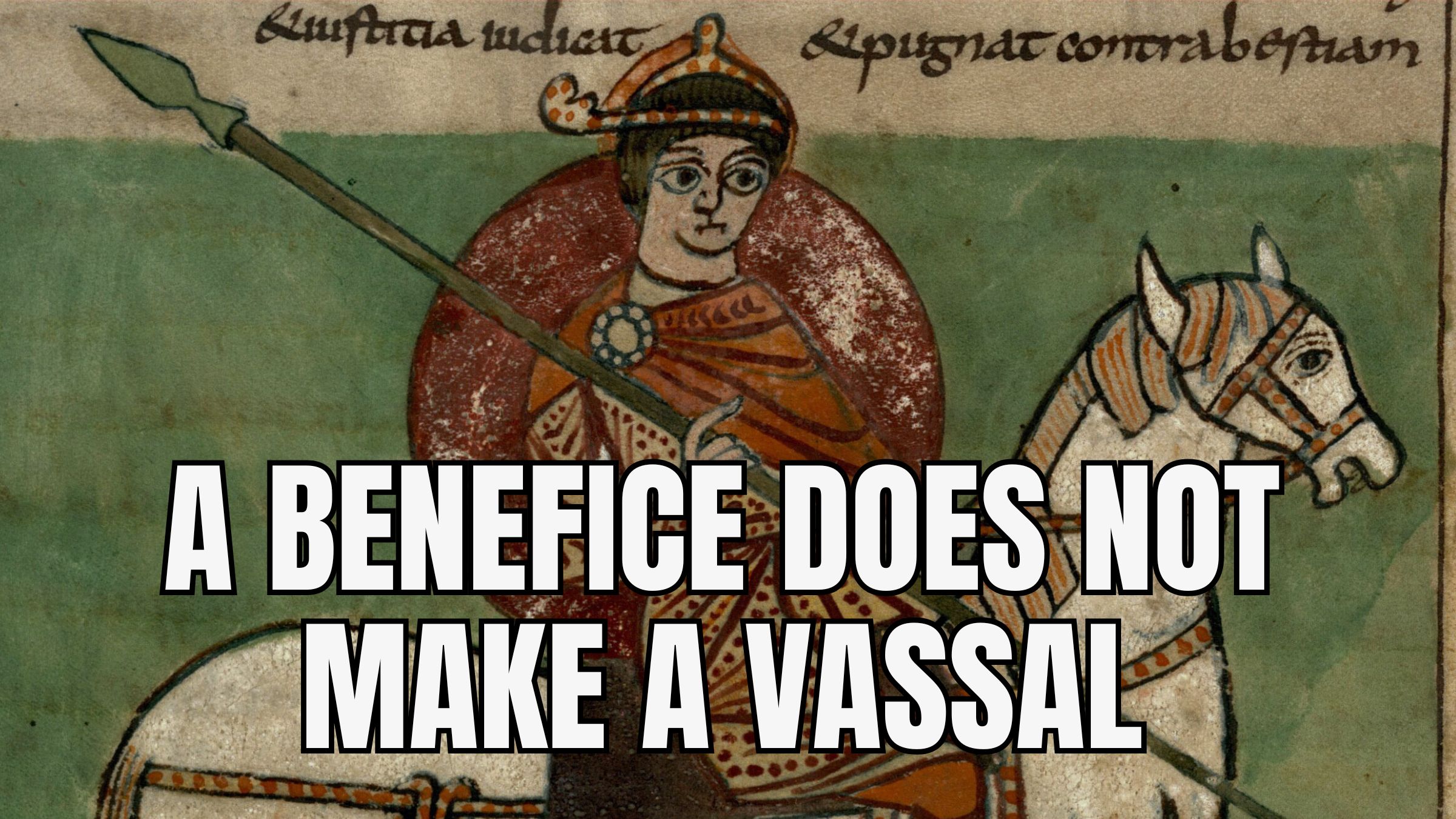
"For generations, historians described medieval Europe through the lens of a rigid "feudal pyramid," where benefices created vassals and vassals became knights. Yet closer examination of the evidence shows that this picture is more myth than reality. In her famous article, "The Tyranny of a Construct," Elizabeth A. R. Brown put a shot across the bow of the century-long scholarly tradition of presenting medieval Europe as a "feudal pyramid" in which political, economic, social, and military power was diffused into the hands of barons, bishops,"
"It is now well understood, particularly as the result of the work of the German historian Brigitte Kasten, that the whole construct of the benefice (Latin beneficium) as the foundation of the feudal order is based on a series of misconceptions about what a benefice was, its origins, who held them, and under what conditions. It had always been the case, dating back to the Roman Empire, that one way of providing an income to soldiers in late antique and medieval Europe was to provide them with lands,"
Scholarly tradition portrayed medieval Europe as a rigid 'feudal pyramid' where benefices created vassals and vassals became knights. Closer examination shows that this image is inaccurate and based on persistent misconceptions. Core assumptions of feudalism continue to shape military histories that describe knights rising into aristocracy through benefices. Research indicates that the benefice construct misrepresents the origins, holders, and conditions of land grants. Late antique and Roman practice often provided soldiers with lands or the revenues from lands, sometimes corporately for military units such as the limitanei. Those military land grants were distinct from later benefices and from vassalage.
Read at Medievalists.net
Unable to calculate read time
Collection
[
|
...
]